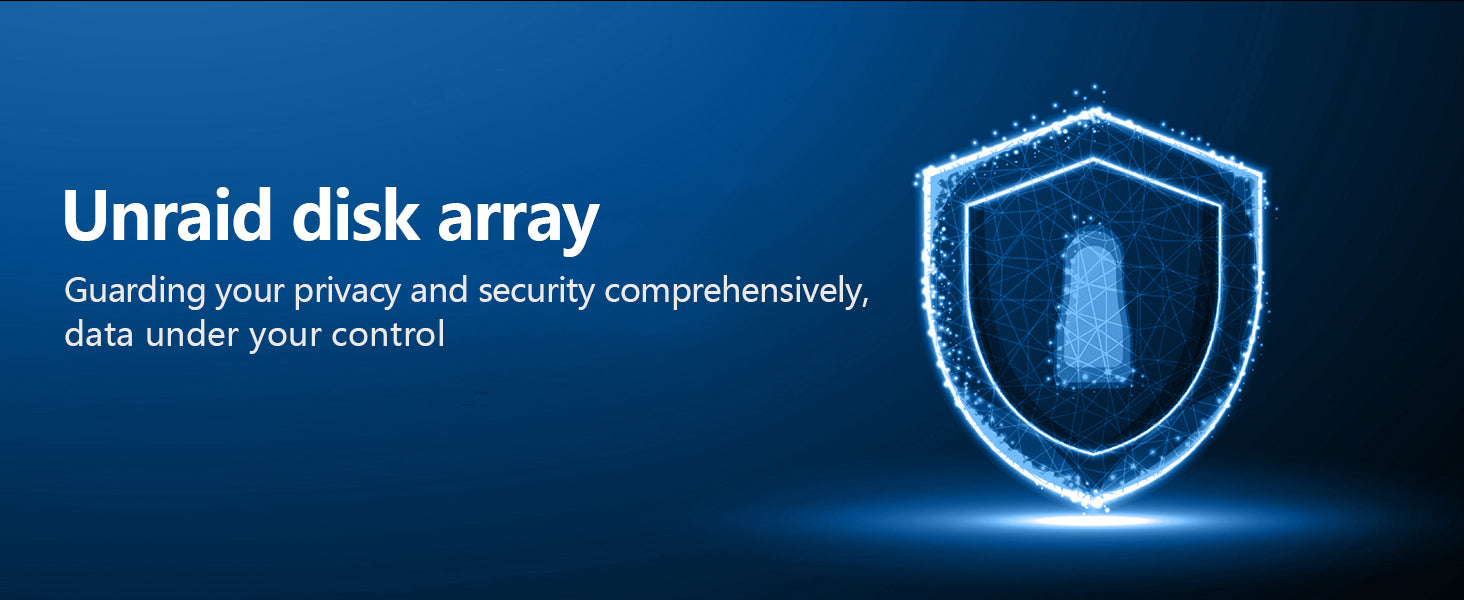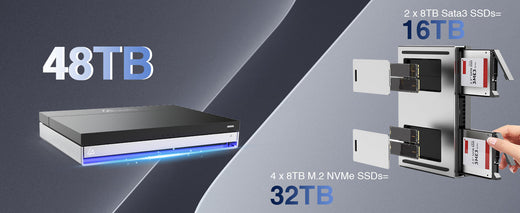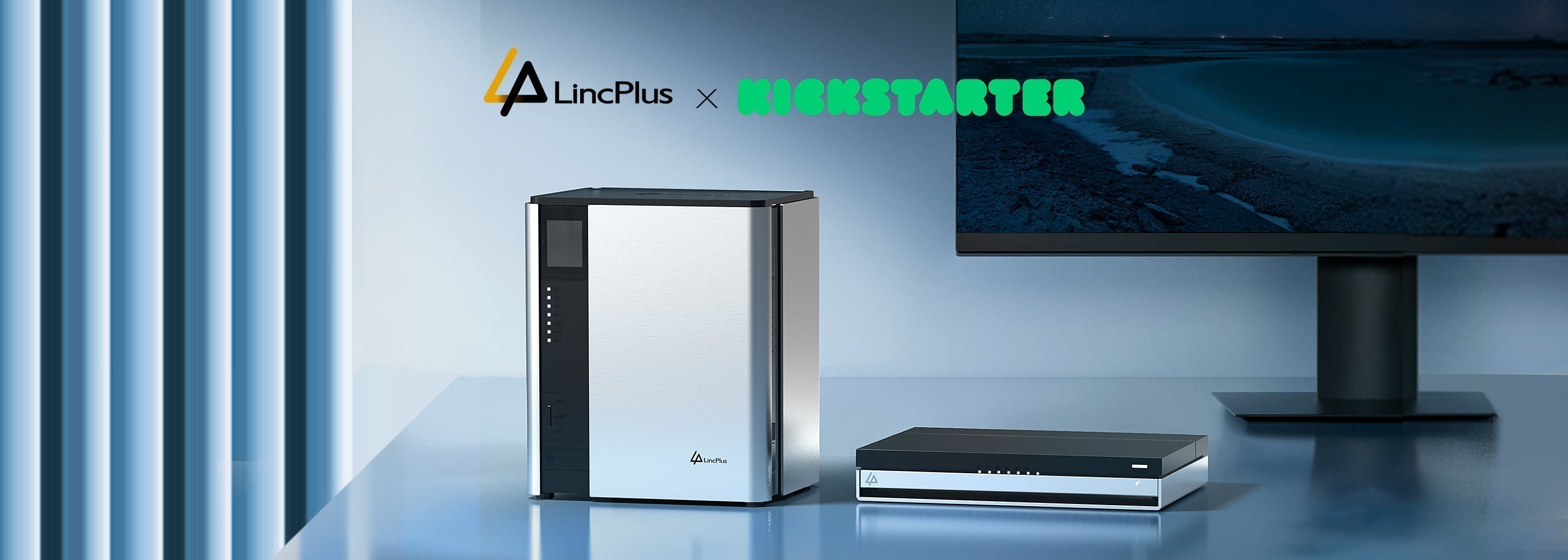Introduction
Network Attached Storage (NAS) has revolutionized how individuals and organizations store, manage, and share data. By centralizing storage resources and enabling remote access, NAS systems simplify workflows and improve collaboration. However, the reliability of a NAS system depends heavily on its underlying storage architecture. This is where RAID (Redundant Array of Independent Disks) configurations come into play. RAID enhances NAS systems by combining multiple disks into a logical unit to achieve redundancy, improve performance, or both. This article explores the most relevant RAID configurations for NAS systems, including NAS RAID 1, NAS RAID 2, NAS RAID 5, NAS RAID 6, and NAS RAID 10, and provides guidance on selecting the optimal setup.
Understanding RAID in NAS
RAID is a foundational technology for NAS systems, designed to address two primary concerns: data redundancy and performance optimization. By distributing data across multiple disks, RAID ensures that even if one or more disks fail, data remains accessible. Different RAID levels prioritize these goals differently:
Redundancy: Protects against data loss through duplication (e.g., mirroring) or parity calculations.
Performance: Uses striping to split data across disks, enabling faster read/write operations.
Fault Tolerance: Determines how many disk failures a system can withstand before data loss occurs.
The choice of RAID level depends on the specific needs of the user, balancing factors like cost, storage efficiency, and risk tolerance.
Common RAID Levels for NAS Systems
While there are dozens of RAID levels, only a subset is widely used in NAS environments. Below are the most relevant configurations:
-
RAID 0: Striping without redundancy (high performance, no fault tolerance).
RAID 1: Mirroring (high redundancy, lower storage efficiency).
RAID 2: Bit-level striping with Hamming code error correction (obsolete in modern NAS).
RAID 5: Striping with distributed parity (balanced performance and redundancy).
RAID 6: Striping with double parity (enhanced fault tolerance).
RAID 10: Mirrored striping (high performance and redundancy).
In-Depth Analysis of NAS RAID Configurations
1. NAS RAID 1 (Mirroring)
How It Works
RAID 1 creates an exact copy (mirror) of data across two or more disks. For example, in a 2-disk NAS RAID 1 setup, every file is duplicated on both disks.Pros:
High Redundancy: Survives a single disk failure without data loss.
Simple Implementation: Easy to configure and manage.
Fast Reads: Data can be read from both disks simultaneously.
Cons:
Low Storage Efficiency: Only 50% of total disk capacity is usable (e.g., 2x 4TB disks = 4TB usable).
Slow Writes: Data must be written to multiple disks, reducing write speed.
Use Cases:
Small-scale NAS setups prioritizing data safety over storage capacity.
Critical data backups or environments requiring instant failover.
2. NAS RAID 2 (Bit-Level Striping with Hamming Code)
How It Works
RAID 2 is a legacy configuration that stripes data at the bit level across multiple disks and uses Hamming code for error correction. It requires dedicated disks for parity and error-checking data.Pros:
High Data Integrity: Detects and corrects errors in real time.
Cons:
Obsolete Technology: Requires specialized hardware and is inefficient for modern drives.
High Overhead: Significant storage is lost to parity disks (e.g., 3 data disks + 3 parity disks).
Modern Relevance:
Rarely used today due to complexity and the rise of more efficient RAID levels like RAID 5/6.
3. NAS RAID 5 (Striping with Distributed Parity)
How It Works
RAID 5 stripes data and parity information across three or more disks. Parity data is distributed evenly, allowing the system to recover from a single disk failure.Pros:
Balanced Efficiency: Only one disk’s worth of space is lost to parity (e.g., 3x 4TB disks = 8TB usable).
Fault Tolerance: Survives one disk failure.
Cons:
Slow Rebuilds: Replacing a failed disk requires recalculating parity, which strains the system.
Write Penalty: Parity calculations slow down write operations.
Use Cases:
Medium-sized NAS systems needing a balance of storage efficiency and redundancy.
File servers or media libraries with moderate write demands.
4. NAS RAID 6 (Double Parity Striping)
How It Works
RAID 6 extends RAID 5 by adding a second parity block, enabling the array to withstand two simultaneous disk failures.Pros:
Enhanced Fault Tolerance: Survives two disk failures.
Suitable for Large Arrays: Ideal for NAS systems with 6+ disks.
Cons:
Higher Overhead: Two disks’ worth of space is reserved for parity.
Complex Calculations: Double parity slows write performance further.
Use Cases:
Large-scale NAS deployments (e.g., enterprise storage).
Archival systems where data loss is unacceptable.
5. NAS RAID 10 (Mirrored Striping)
How It Works
RAID 10 combines RAID 1 (mirroring) and RAID 0 (striping). Data is striped across mirrored pairs of disks.Pros:
High Performance: Striping accelerates read/write speeds.
Robust Redundancy: Survives multiple disk failures (if in separate mirrored pairs).
Cons:
High Cost: Requires a minimum of four disks (e.g., 4x 4TB disks = 8TB usable).
Use Cases:
High-traffic databases or virtual machines.
Mission-critical applications requiring speed and reliability.
Choosing the Right RAID for Your NAS
Factor RAID 1 RAID 2 RAID 5 RAID 6 RAID 10 Minimum Disks 2 3+ 3 4 4 Fault Tolerance 1 disk 1 disk 1 disk 2 disks 1+ disks* Storage Efficiency 50% <50% 67–94% 50–80% 50% Performance Moderate Low Moderate Moderate High Best For Backups Obsolete Budget NAS Large NAS High-demand *RAID 10 can survive multiple failures if they occur in separate mirrored pairs.
Implementation Tips for NAS RAID
-
Hardware vs. Software RAID:
-
Hardware RAID: Uses a dedicated controller for better performance but higher cost.
-
Software RAID: Managed by the NAS OS; cost-effective but may impact CPU performance.
-
-
Disk Selection:
-
Use NAS-optimized drives (e.g., WD Red, Seagate IronWolf) for better reliability.
-
-
Backup Strategy:
-
RAID is not a backup! Always pair it with offsite or cloud backups.
-
Conclusion
Selecting the right RAID configuration for your NAS requires a clear understanding of your priorities. NAS RAID 1 is ideal for simplicity and redundancy, while NAS RAID 5 and 6 offer scalable solutions for larger systems. NAS RAID 10 excels in high-performance environments, whereas NAS RAID 2 remains a historical curiosity. By aligning your RAID choice with your data needs, budget, and risk tolerance, you can build a NAS system that delivers both speed and peace of mind.
-




Leave a comment
All comments are moderated before being published.
This site is protected by hCaptcha and the hCaptcha Privacy Policy and Terms of Service apply.